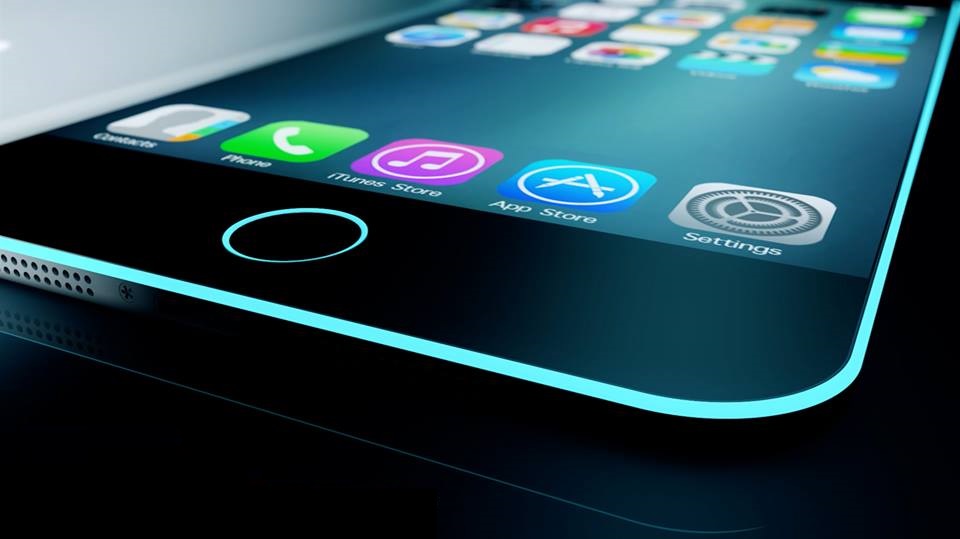Why Is Apple In Talks With Sharp For OLED Displays When It Will Likely Be Buying From Samsung?

A recent article in Bloomberg reports that Apple (AAPL) is in talks with Sharp for OLED displays for new iPhones.
“Sharp announced it will invest 57.4 billion yen ($566 million) for the development of OLED production facilities, with the goal of starting output by June 2018. The funds will be used for equipment in Sharp’s factories in Mie and Osaka, and to deliver sample products to customers, the company said.”
In April, The Korea Herald reported that it was Samsung (SSNLF) that managed to bag the manufacturing contract. This deal was reportedly valued at $2.59 billion, and enlisted Samsung to supply 100 million 5.5-inch OLED panels per year, starting from 2017.
For Apple’s iPhone 6, LCD displays were used, supplied by Japan Display (35.9%), Korea's LG Display (34.5%) and Sharp (29.6%). Data for the iPhone 7 have not been compiled. Apple typically structures a diverse supply chain of two or three suppliers for a given product, so it is no surprise that the company is looking for a second supplier to Samsung for OLEDs for the iPhone 8, which will come out in September 2017. However, Sharp’s inaugural OLED display will not come out until June 2018, as I stated above, in time for the iPhone 9.
So the question is why would Apple move from having Samsung Electronics, which has a 95% share in the OLED market, make displays for the iPhone 8 to Sharp for the iPhone 9 the following year when Sharp hasn’t even started development, particularly when there are other companies that already make OLED displays. These include LG Display (Korea), Japan Display (Japan), AU Optronics (AUO) (Taiwan), BOE (China), Truly (China), Tianma (China), and Visionox (China). Japan Display already supplies OLED displays for the Apple Watch. All these companies have an established OLED plant and are either in production or will be in 2017, primarily supplying OLED displays to Chinese smartphone manufacturers.
Perhaps Sharp won’t be making OLEDs, but instead microLEDs, a technology that offers enhancements over OLEDs displays. Apple obtained microLED technology with its 2014 acquisition of LuxVue and was awarded a U.S. patent 9,379,092 on June 28, 2016, based on the work done at LuxVue. Developments in microLEDs are being undertaken at other companies, including Sony (SNE), Lumioid, m-LED Ltd. and PlayNitride.
Based on work already done at these companies, it is feasible that Sharp could build a plant and initiate development and production of microLED displays in time for the iPhone 9.
I own no stocks in any of the companies mentioned




Where does #Apple get all of it's batteries from? With its recent announcement that it will replace batteries at a discount, and that this will speed up older devices, I assume there will be a major increase in demand.
Good question. Being that a major component of these batteries is #cobalt, I wonder how that increased demand will affect other companies dependant on this resource, such as #Tesla.
$AAPL $TSLA
I liked this, when will we see more by you?